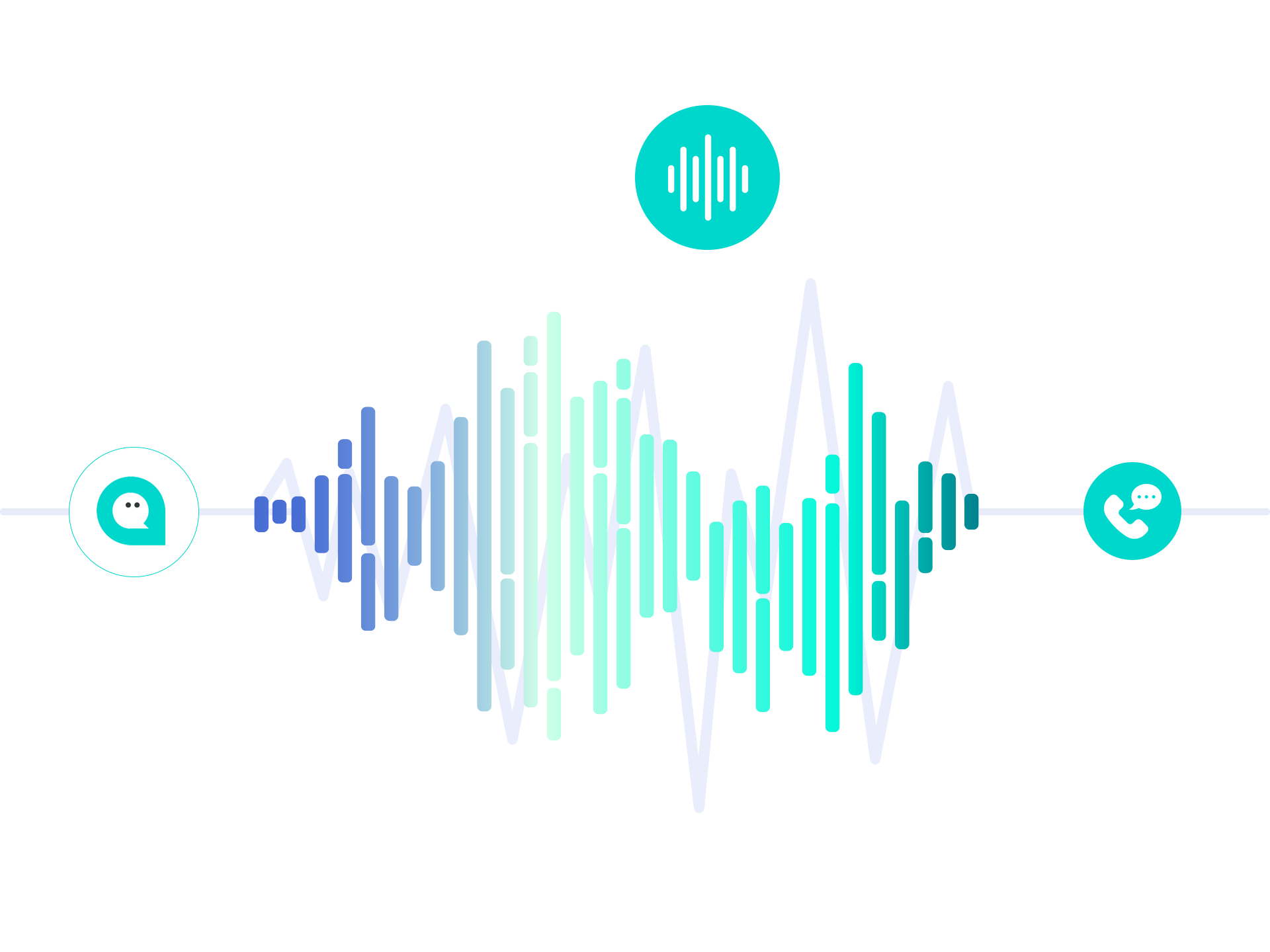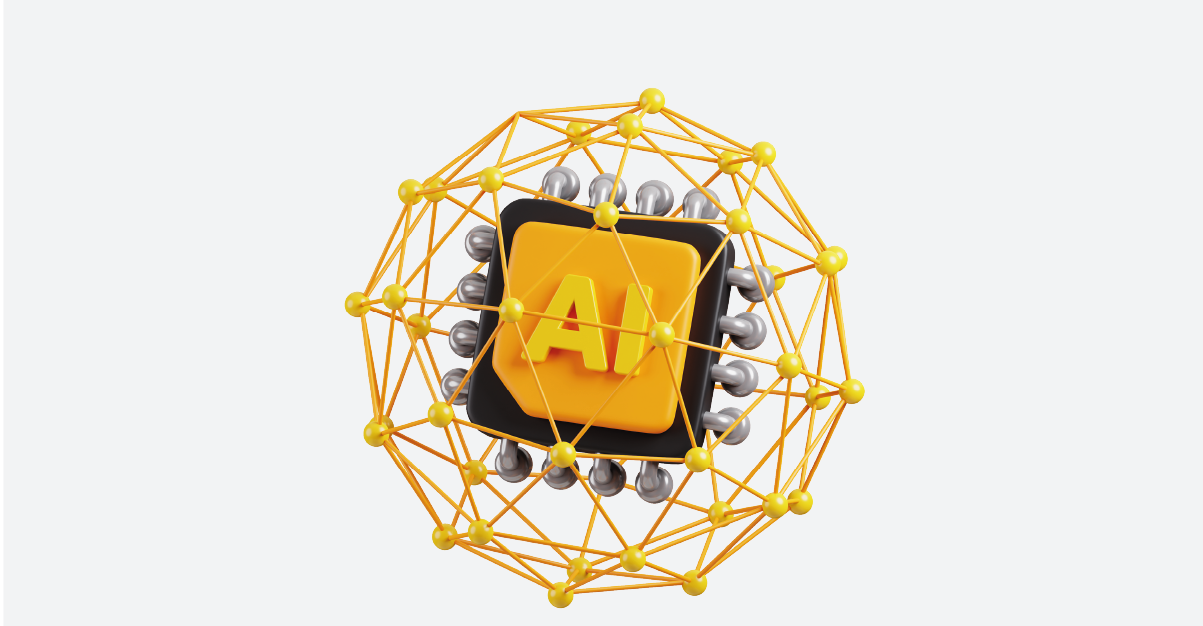In today’s digital world, businesses and researchers are leveraging artificial intelligence (AI) to understand human emotions through sentiment analysis. While traditional sentiment analysis relies on text, voice-based sentiment analysis takes it a step further, analyzing speech patterns, tone, and emotions. But how does it work, and why is it important? Let’s dive in!
Understanding Sentiment Analysis in Voice

How Sentiment Analysis Works
Sentiment analysis, also known as opinion mining, is the process of determining the emotional tone behind a piece of text or speech. It categorizes emotions as positive, negative, or neutral, allowing businesses and organizations to understand customer opinions, social trends, and public sentiments.
Text-Based vs. Voice-Based Sentiment Analysis
Traditional sentiment analysis relies on text from reviews, comments, or social media posts. However, voice-based sentiment analysis goes beyond words by analyzing speech characteristics such as pitch, volume, and tone to determine emotions more accurately.
The Role of AI and Machine Learning in Voice Sentiment Analysis
Natural Language Processing (NLP)
NLP enables computers to understand human language. In voice sentiment analysis, NLP helps process and analyze spoken words, breaking them down into meaningful insights.
Machine Learning Models for Emotion Detection
Machine learning models are trained using large datasets of spoken language to recognize emotional cues. These models improve over time, becoming more accurate in detecting sentiment variations.
How Voice-Based Sentiment Analysis Works
Voice Feature Extraction
The first step in voice sentiment analysis is extracting features from speech. This includes analyzing:
- Pitch: Higher or lower pitch levels indicate excitement or sadness.
- Tone: The way a person speaks can convey confidence, frustration, or enthusiasm.
- Speech Rate: Faster speech might indicate excitement, while slower speech might suggest sadness or hesitation.
Acoustic and Linguistic Analysis
Acoustic analysis focuses on sound characteristics, while linguistic analysis studies the actual words spoken. Combining both techniques leads to more accurate sentiment detection.
Role of Pitch, Tone, and Speech Patterns
By assessing variations in pitch and tone, AI systems can detect underlying emotions that may not be explicitly stated in words.
Applications
Customer Service and Call Centers
Call centers use voice sentiment analytics to evaluate customer emotions in real time, helping agents adjust their approach and improve customer satisfaction.
Healthcare and Mental Health Monitoring
Voice-based sentiment analysis assists healthcare professionals in detecting signs of depression, stress, or anxiety by analyzing patients’ speech patterns.
Market Research and Brand Analysis
Companies use sentiment analysis to gauge consumer emotions toward products, brands, or advertisements by analyzing recorded feedback or customer interactions.
Political Analysis and Public Sentiment Tracking
Politicians and organizations use sentiment analysis to measure public opinion through speeches, debates, and interviews.
Challenges
Background Noise and Environmental Factors
Noisy environments can interfere with accurate analysis, making it difficult for AI to extract clear voice signals.
Speaker Variability and Accents
Different accents, speech styles, and vocal tones can affect accuracy, requiring diverse training data for AI models.
Data Privacy and Ethical Concerns
Analyzing voice data raises ethical and privacy concerns, requiring companies to handle user data responsibly.
Advantages
Understanding Emotions Beyond Words
Voice analysis captures emotions that text alone cannot convey, such as sarcasm, tone shifts, and subtle emotional cues.
Real-Time Analysis and Response
Unlike text-based analysis, voice sentiment analysis can provide instant feedback, helping businesses respond proactively.
Future Trends
Advancements in Deep Learning Models
New AI advancements are improving the accuracy of sentiment analysis, enabling more nuanced emotion detection.
Integration with Virtual Assistants and Smart Devices
Voice sentiment analytics is being integrated into smart assistants like Alexa and Google Assistant, making interactions more human-like.
Conclusion
Voice sentiment analytics is transforming how businesses and researchers understand human emotions. By analyzing tone, pitch, and speech patterns, AI-driven systems can uncover deeper insights beyond words. Despite challenges like noise interference and privacy concerns, the future of voice sentiment analysis looks promising, with advancements in AI making it more accurate and useful across various industries.
Want to see how sentiment analysis can enhance your business? Request a demo from AIM Technologies and discover how AI-driven voice sentiment analysis can revolutionize customer insights, brand monitoring, and market research.
FAQs
1. How accurate is voice sentiment analysis?
Accuracy varies depending on the model and training data. Advanced AI models achieve high accuracy, but challenges like background noise and accents can affect results.
2. Can sentiment analysis detect sarcasm?
Voice sentiment analysis can identify some sarcasm by analyzing tone and pitch variations, but it is still an evolving field.
3. What industries benefit the most from voice sentiment analytics?
Industries such as customer service, healthcare, marketing, and politics benefit greatly from understanding voice-based emotions.
4. Is voice sentiment analytics legal?
Yes, but it must comply with data privacy regulations, requiring consent before analyzing voice data.
5. What are the best tools for voice sentiment analytics?
Some popular tools include IBM Watson, Google Cloud Speech-to-Text, and Microsoft Azure Speech.




